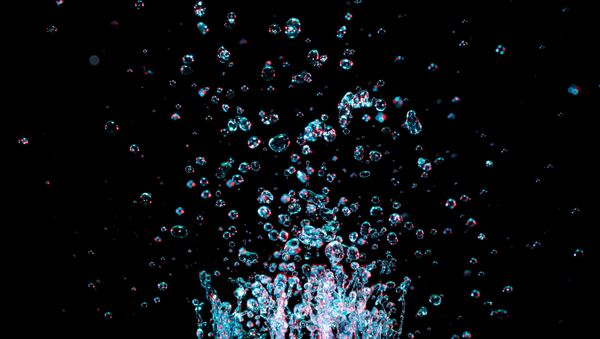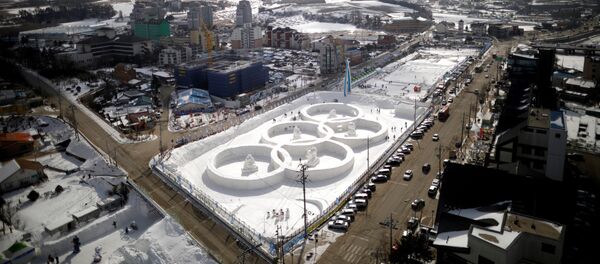New Delhi (Sputnik) — The Indian government is expected to soon set up an offshore desalination plant 40 kilometers off the southern coast of Chennai in the Indian Ocean. The plant would be based on the indigenously developed low-temperature thermal desalination (LTTD), and ocean thermal energy conversion technique in place of diesel to operate the plant.
The National Institute of Ocean Technology (NIOT) has submitted a detailed project report the basis of which is expected to be rolled out soon under the "Deep Ocean Mission" in the first quarter of 2018.
"As we know, Chennai has shallow waters, scientists have to travel 40 km into the sea to get the kind of depth to take in the cold deep sea water needed for the process," M Rajeevan Nair, secretary, Ministry of Earth Sciences, said.
LTTD uses the naturally available temperature gradient of 16 degree Celsius in the ocean between two water bodies to evaporate the warm water at low pressure and condense the resultant vapor using colder water to obtain the fresh water.
Visited Desalination plant installed by @moesgoi in Agatti, Lakshadweep. Discussed with the Administrator for 6 more plants to be installed by @moesgoi First 2 will be completed by Dec 2018, will generate 1.5 lakh litre/day. Big boon for people there. pic.twitter.com/97sXOGIrYV
— Madhavan Rajeevan (@rajeevan61) 14 ноября 2017 г.
The new offshore plant may also receive power from low-cost electricity generation through ocean thermal energy conversion (OTEC), instead of diesel. OTEC uses ocean temperature differences from the surface to depths lower than 1,000 meters to extract energy. A temperature difference of only 20°C can yield usable energy.
WaterAid said in its recent report that India is worst in the world for the number of people having no access to safe water. 75.8 million Indians i.e., at least 5% of the 1.28 billion people in the country are dependent on water that is considered unsafe for consumption. Annually 140,000 Indian children die due to diarrhea caused by the consumption of unsafe water. Not only in rural areas, but in cities as well, the poor cannot afford bottled water or water purifiers.



